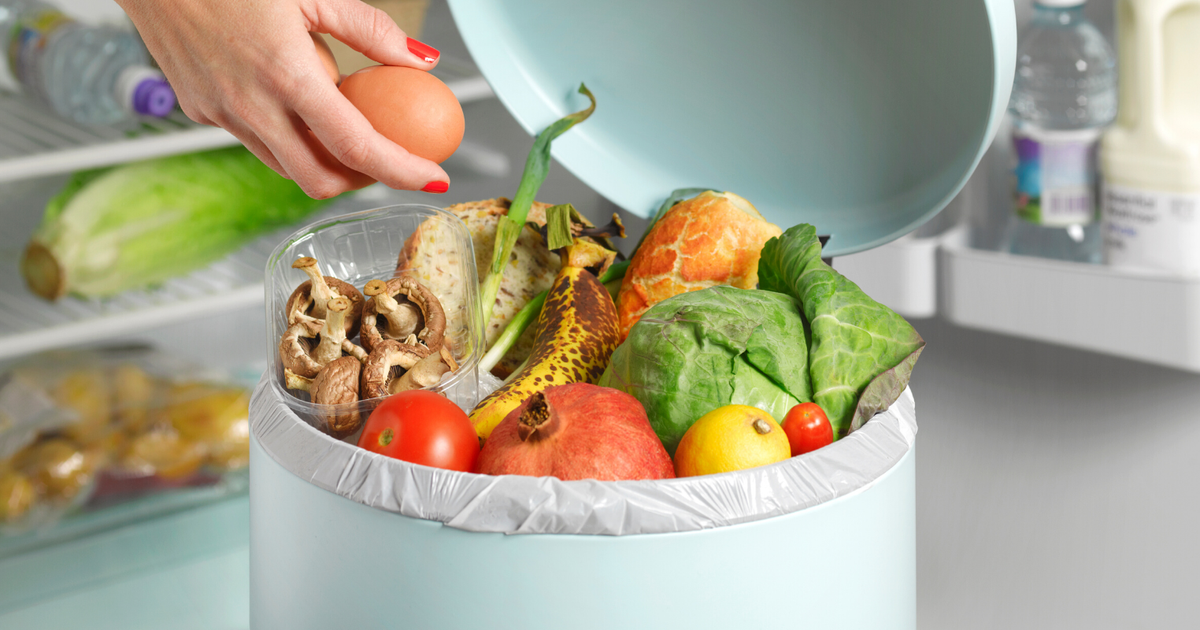The globe has a twofold challenge: a considerable amount of the food produced each year gets wasted while millions go hungry. According to the United Nations Food and Agriculture Organization (FAO), nearly one-third of worldwide food production goes to waste each year, totaling 1.3 billion tons. At the same time, around 800 million individuals are suffering from hunger. The latest research from the University of Michigan emphasizes the need for enhanced refrigeration in resolving this issue.
Potential Benefits of Refrigeration:
The study suggests that fully refrigerated food supply networks may remove about half of the world’s yearly food waste or roughly 620 million metric tons. Furthermore, these “cold chains” have the potential to reduce global greenhouse gas emissions from food waste by 41%. This research highlights the crucial function of refrigeration in decreasing both wasted food and its effect on the environment.
The analysis shows that the sub-Saharan continent and Southeast and South Asia have the highest possibility of improvements in loss of food and related emissions with greater cold-chain deployment. In Southeast and South Asia, an optimum refrigeration scenario could decrease the loss of food by 45% along with emissions by 54%. Sub-Saharan Africa might see a 47 percent decline in losses of food and a 66% reduction in emissions under identical conditions.
Locally Food Supply Chains:
The study also contrasts globalized, technologically enhanced food supply chains against locally based “farm-to-table” systems. In many cases, creating regional and less industrial food supply chains might result in food savings identical to those obtained through improved cold chains. Lead researcher Aaron Friedman-Heiman taken aback by the scope of the possibility of reducing global food waste and junk, noting that food supply-chain optimization could address over half of the 1.3 billion tons of food wasted each year.
The study builds on prior research that highlighted the significance of meat-related food waste. Even though fruit and vegetable losses are larger in weight, climate-related emissions from meat wastes are consistently higher due to meat production’s high greenhouse gas intensity.
Methods and Outcomes:
The researchers created a food-loss estimating tool to evaluate the impact of increased cold-chain accessibility on food loss and emissions of greenhouse gases for seven food categories in seven regions. They used data from the United Nations Food and Agricultural Organization, or FAO, and additional sources to simulate food wastage at each vendor level. This approach identifies areas where the refrigeration process might enhanced to prevent food waste and emissions.
The study compares the existing state of inefficient and variable-quality refrigerator chains around the world to an optimized system with high-quality refrigeration throughout the process. According to the findings, poor cold-chain facilities could be contributing to up to 620 million tons of worldwide food loss each year, resulting in 1.8 billion tons of atmospheric carbon dioxide substitutes—28% of the United States’ yearly greenhouse gas emissions.
Consequences and Implications:
The researchers hope their customizable, user-friendly technology will be useful to a variety of stakeholders, particularly farmers, grocery store owners, political leaders, and nongovernmental organizations. The tool can assist in identifying and prioritizing investment decisions to achieve desired results and benefits.
Shelie Miller, a research co-author, underlines that, while increased refrigeration could reduce food loss and emissions of greenhouse gases, there are significant trade-offs linked to cold-chain improvements based on food type and geography. For example, NGOs targeting hunger relief may focus on cold-chain modifications that give the greatest total food-loss reductions, whereas those promoting climate action may focus on lowering meat losses particularly.
The study’s findings can help policymakers and investors design methods that strike a balance between nutrition and climate goals. Investments in infrastructure for the cold chain can adjusted to meet the unique demands and goals of various areas and food varieties. For example, in meat-consuming regions, better meat refrigeration could result in significant environmental benefits. Similarly, in places with large vegetable and fruit output, improving refrigeration might considerably reduce food waste.
Limitations and Concerns:
The actual quantity of emissions of greenhouse gases saved will determined by the effectiveness of cold-chain systems and the amount of carbon of local electrical networks, as refrigeration can cause large climate emissions. The U-M study, financed by the U.S. National Science Foundation and Carrier Global Corp., underscores these characteristics and the need for context-specific solutions. Efficient cooling systems that use renewable sources of energy can help cold chains achieve their full environmental potential.
While the cold chain network is quickly expanding worldwide, an optimal cold chain will most likely emerge at various rates and in diverse ways around the world. This analysis shows that careful organizing and setting priorities are required to maximize the advantages of cold chain enhancements. Developing countries may confront specific problems, such as restricted access to electric energy and financial restraints, that must addressed to fully enjoy the benefits of cold chains.
Future Prospects:
Future research could look into integrating sources of renewable energy with cold chain systems to maximize their environmental benefits. Furthermore, research might look into the social and economic advantages of cold chain enhancements, such as employment development and income production for farming and small companies. By continuing to research and implement creative solutions, the global society can make substantial progress toward a more environmentally friendly and equitable food system.
Conclusion:
The University of Michigan research sheds light on how enhanced refrigeration has the potential to significantly reduce global food waste and associated greenhouse gas emissions. The research, which focuses on both global and regional food supply chains, provides beneficial information for policymakers, enterprises, and other stakeholders seeking to address the loss of food and climate change. The study emphasizes the necessity for deliberate investments and targeted measures in achieving the dual goals of hunger reduction and environmental mitigation.

